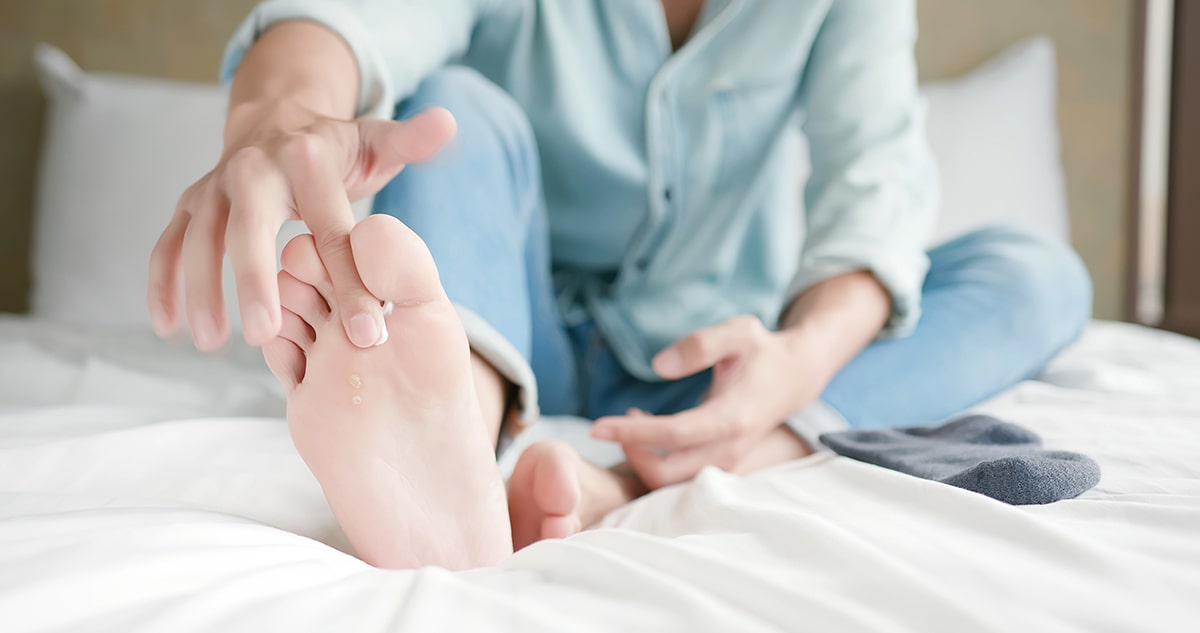Phone: +44 (0)20 8492 1600
Need help or have a question?
Contact us at: [email protected]
Tinea pedis, more commonly known as athlete’s foot, is a contagious fungal infection that affects the skin on the feet and can spread to the toenails and even the hands. This condition is caused by fungi called dermatophytes, which loves to thrive in warm, damp environments like your shoes, socks, swimming pools, locker rooms, and public showers.
These fungi feed off the dead skin cells found on the surface of the skin, and in the right conditions, they can proliferate and cause a fungal infection. Athlete’s foot is characterised by itching, stinging, and burning between the toes or on soles of the feet, itchy blisters, excessive dryness, discolouration of toenails, and even a foul smell.
Although the term “athlete’s foot” suggests that this is a condition limited to those who engage in sports, it’s a misnomer. In reality, anyone can contract this infection. The reason it’s called “athlete’s foot” is that athletes often create the perfect environment for the fungus to thrive, i.e., sweaty feet and tight, occlusive shoes. However, the fungus does not discriminate and can infect anyone who provides a conducive environment for its growth.

As we age, our skin becomes thinner and dryer, and our immune system isn’t as robust as it once was. This makes older adults more susceptible to skin infections, including athlete’s foot. Furthermore, the risk is increased if they frequent communal areas like public pools or gyms where the fungus is likely to be found.
It’s also worth noting that proper foot care tends to be overlooked, especially among older people, which again increases their risk of foot infections. With reduced mobility and potential issues like poor eyesight and arthritis, older adults might struggle with maintaining foot hygiene, making it easier for infections to take hold.
While athlete’s foot is a common condition, it should not be taken lightly. Left untreated, it can lead to more severe complications. The good news is that it’s preventable with good hygiene practices and treatable with over-the-counter antifungal medications like our Profoot Mycosan Athlete’s foot treatment.
No matter your age or how active you are, taking care of your feet and being vigilant about potential symptoms will go a long way in keeping athlete’s foot at bay. It’s always a good practice to check your feet regularly for any signs of infection and to seek medical attention if you notice anything out of the ordinary.